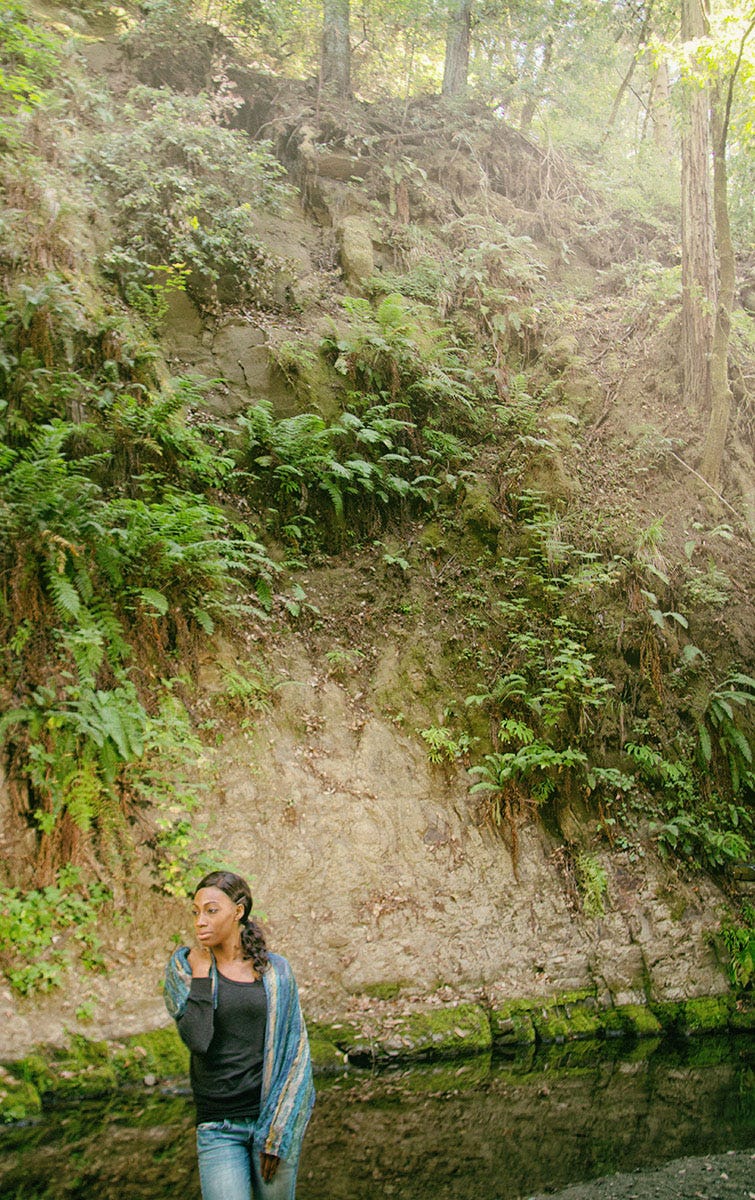Why Environmental Portraiture will Always be a Top Earning Genre
People in places, environments hostile and kind, and making photos that resonate with time.
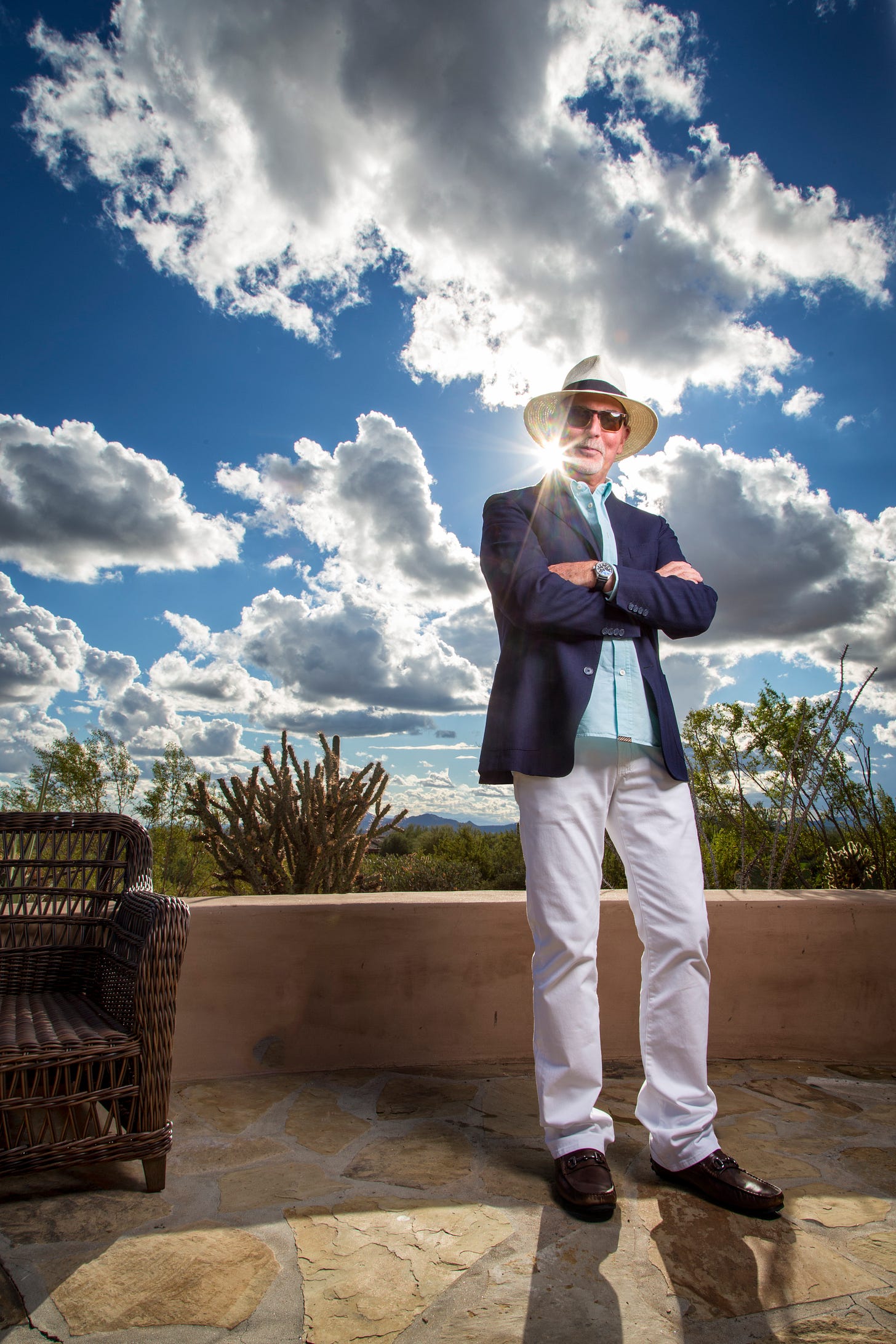
I love environmental portraiture, but occasionally it becomes a bit difficult to explain what the genre really is.
Even though the name is environmental, it doesn’t have to be done outside. Although it is a portrait, it doesn’t require an MUA. It can be done anywhere there is a true environment.
At its center, environmental portraiture is an approach where we strive to tell a story, capture the essence, the personality, the milieu of the subject.
It transcends the simple 'what' of a person, drilling deeper into the 'who' and the 'where'.
Instead of isolating the subject on a plain backdrop or using a shallow depth of field to blur out the surroundings, we incorporate the environment into the photograph.
So, why should we use the environment?
Well, simply put, context.
The surroundings or environment can tell us so much about the subject, offering an additional layer of storytelling.
It could be their home, workplace, or even a favorite outdoor location. These places can offer insights into the subject's life, character, passions, or profession that might otherwise remain hidden.

In the image above, the environment was a huge complex of tools and machinery. They had doors on one side, and they just kept getting darker. I used four Pro Foto Compacts to add light to the background areas and natural light from the doorway for him.
When we capture an environmental portrait, we create a narrative—a visual story. We are not just capturing a person; we're capturing a person in their world. It's like inviting viewers on a mini-journey into the subject's life.
A successful environmental portrait is one where the environment complements the subject, giving depth to their story without overpowering them. We're aiming for a harmonious balance between the person and their setting. And the key to achieving this balance lies in how we use light, perspective, composition, and the interaction between the subject and their environment.
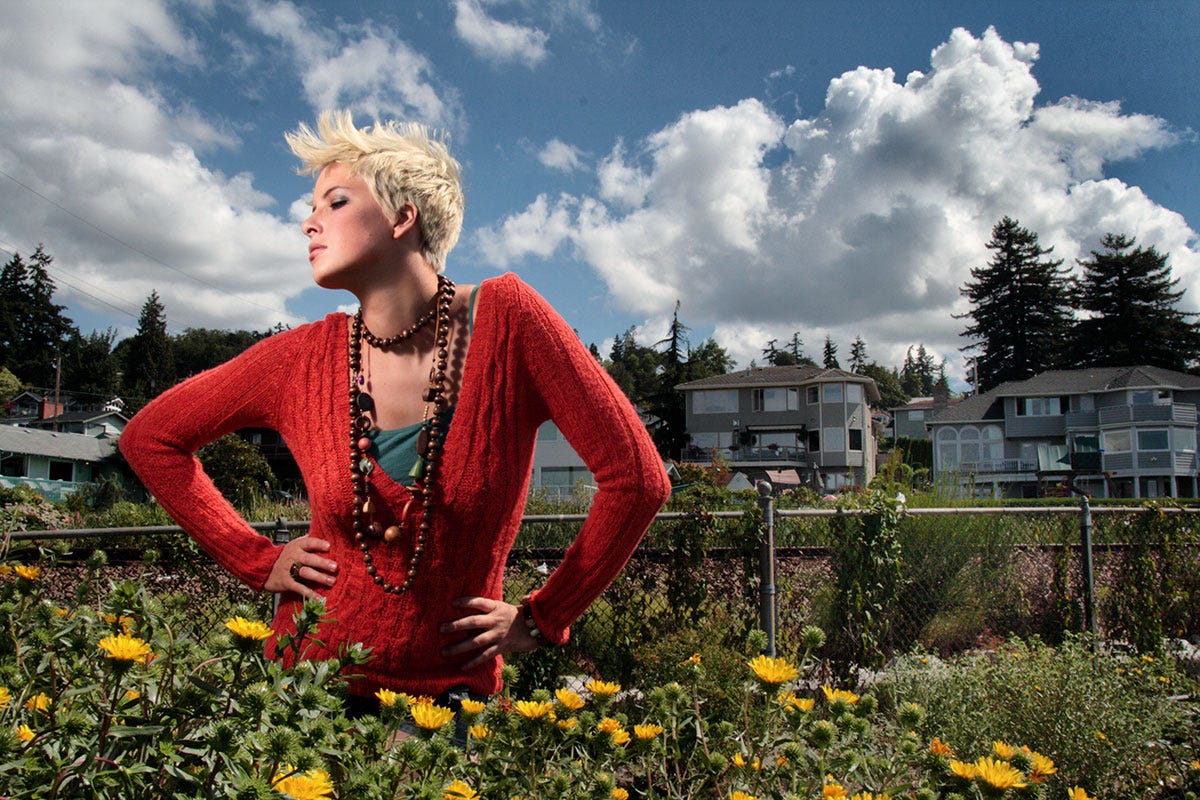
Remember, environmental portraiture isn't about merely posing a subject within a scene. It's about using the scene to reveal something deeper about the subject, illuminating the soul behind the smile, the passion behind the profession, the human behind the hero.
As photographers, our job is to tell stories, to capture slices of life, to reveal hidden truths, and there's no better way to do that than by connecting our subjects to their worlds.
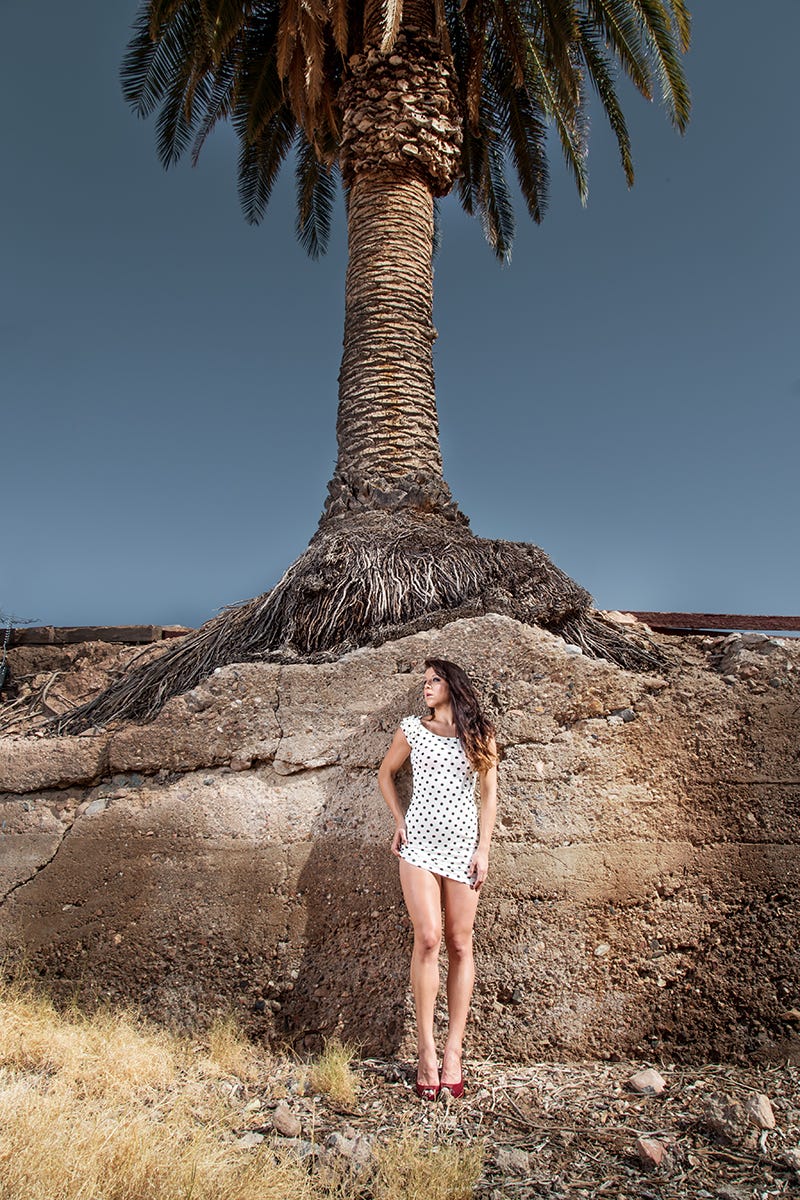
As in the photo above, sometimes the environment is a natural one that lends an air of otherworldliness, or textures, colors, and natural design we are not used to seeing in a portrait. This is one way of setting our portrait apart, and also adding contextual dissonance to our work.
Portraiture like this is not easy, nor is it without challenges. But it is the challenges that make the images worth getting.
Sometimes photo editors want portraits that are more than a white backdrop, they want the photographer to infuse the image with a sense of place, a hint at occupation, or perhaps a dissonance that will make the subject stand out.
The next time you head out to make a photograph of someone, think beyond the person standing in front of you. Look around, think about the story you want to tell, and create a portrait that's as much about the environment as it is about the subject.
That's the art of environmental portraiture.
The Environmental Portrait Class begins on July 20.
This is a very rich class with assignments, live image reviews, a community of portrait photographers, and access to previous class information, notes, and video.
We look at eight different portrait photographers from different times and genres and find inspiration from them for each assignment.
Some of the things we will discuss are:
Camera choices.
Lens choices.
Handheld and tripod techniques
Lighting. A lot of lighting
Composition
Exposure
Post Processing
Presentation
And more…
Included:
Lighting information and ideas.
The “Portrait Book”, with diagrams and lighting ideas.
Post-processing ideas and techniques in Lightroom and Photoshop to help your images become exceptional.
All previous class reviews and submitted images are available to learn from as well.
A private Facebook Community for you to meet and work with your peers.
This is one of my favorite classes, and I love to see the work that comes from it.
See a gallery of previous photographers’ images, and register for the class at this link.
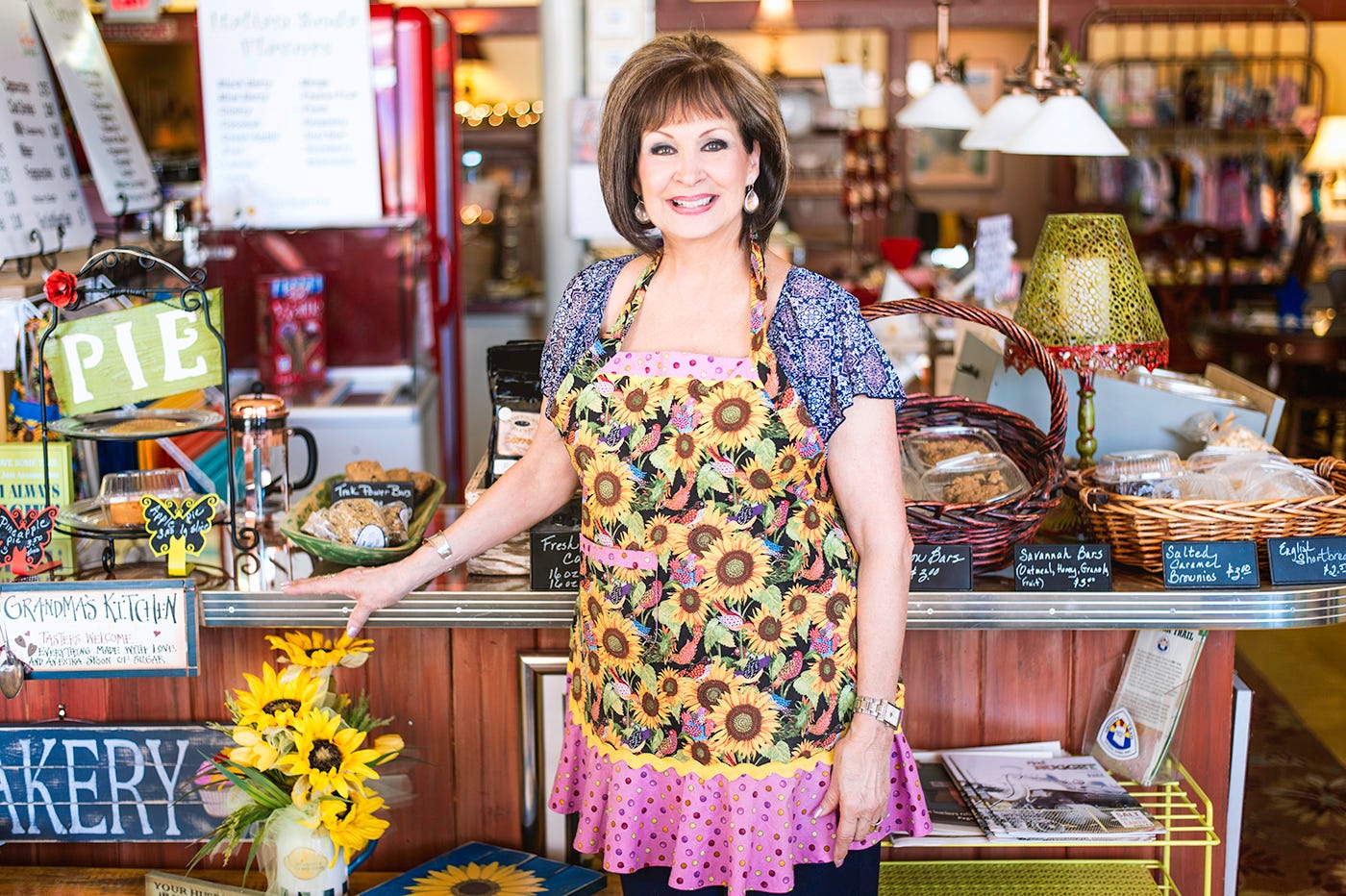
See you next time.




